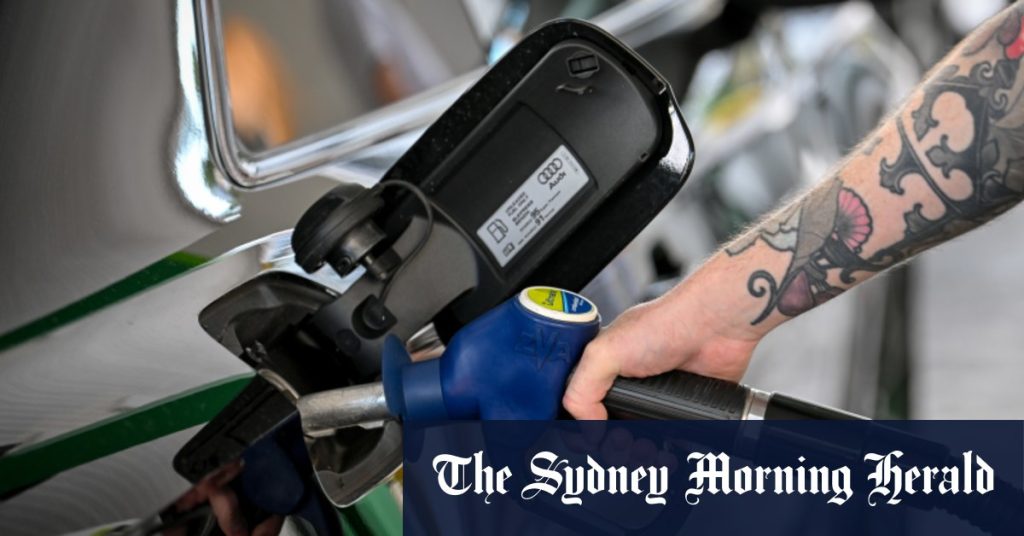Australians are currently facing record-high petrol prices due to a combination of factors, including a weak Australian dollar and rising crude oil prices. According to data from Compare the Market, the average price of 91 octane unleaded petrol has reached 217.92 cents per litre in Melbourne, Sydney, Brisbane, Adelaide, and Perth. This surpasses the previous record of $2.17 set last September. Brisbane motorists are currently paying the highest average price of $2.30 per litre, with some stations charging as much as $2.35 per litre. In Melbourne, the average price is around $2.25, while in Sydney, motorists are seeing prices of $2.13 per litre. Perth has the lowest average price of the major capitals at $1.94 per litre.
Chris Ford, a spokesperson for Compare the Market, explained that the spike in petrol prices can be attributed to several factors. One of the main reasons is the increase in wholesale prices, which have risen from an average of $1.65 per litre at the beginning of the year to $1.88 per litre currently, representing a 13.9% increase. This surge in wholesale prices means that retailers are paying more for fuel, which in turn leads to higher costs being passed on to motorists. While motorists may be tempted to blame retailers for the high prices, it is important to recognize that they are facing increased costs from their suppliers.
In addition to rising wholesale prices, the weak Australian dollar is also playing a role in driving up petrol prices. The exchange rate between the Australian dollar and the US dollar has a direct impact on the cost of imported goods, including crude oil. As the Australian dollar loses value against the US dollar, the cost of importing crude oil becomes more expensive, leading to higher petrol prices for consumers. The combination of these factors has created a challenging environment for Australian motorists, who are now paying more than ever at the fuel bowser.
Despite the current high petrol prices, there are steps that motorists can take to mitigate the impact on their wallets. One important strategy is to shop around and compare prices from different service stations to find the best deal. Prices can vary significantly between stations, so taking the time to research and choose the most affordable option can result in significant savings over time. Additionally, motorists can consider making changes to their driving habits to reduce fuel consumption, such as carpooling, driving at a consistent speed, and avoiding unnecessary idling. By being proactive and mindful of their fuel usage, motorists can minimize the financial strain of rising petrol prices.
Looking ahead, it is difficult to predict how long the current high petrol prices will persist. The volatility of global oil markets and exchange rates makes it challenging to forecast future price movements with certainty. However, staying informed about market trends and being proactive in managing fuel expenses can help motorists navigate these uncertain times. By staying vigilant and making smart choices, Australians can weather the storm of high petrol prices and keep their transportation costs manageable. While the current situation may be challenging, there are opportunities for consumers to take control of their fuel spending and adapt to the changing market conditions.


